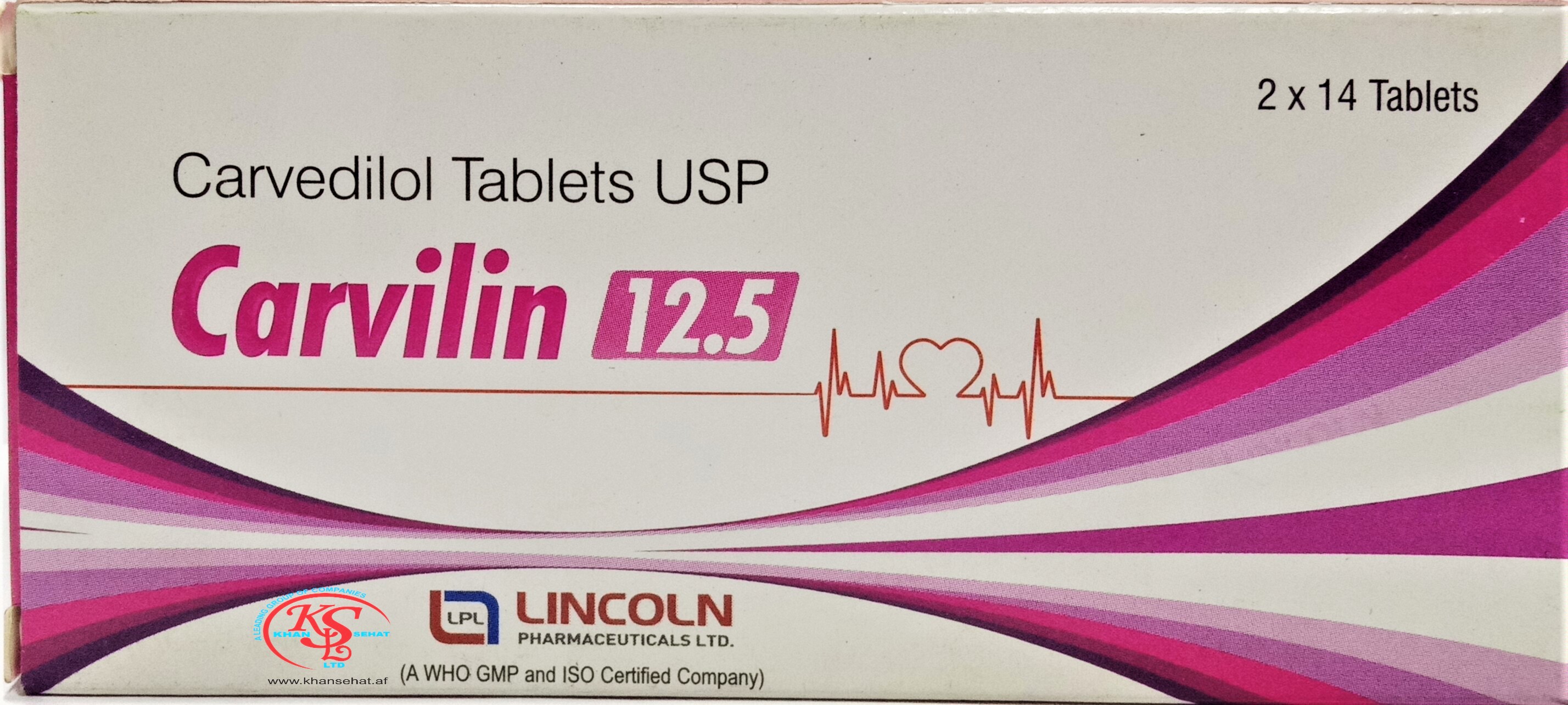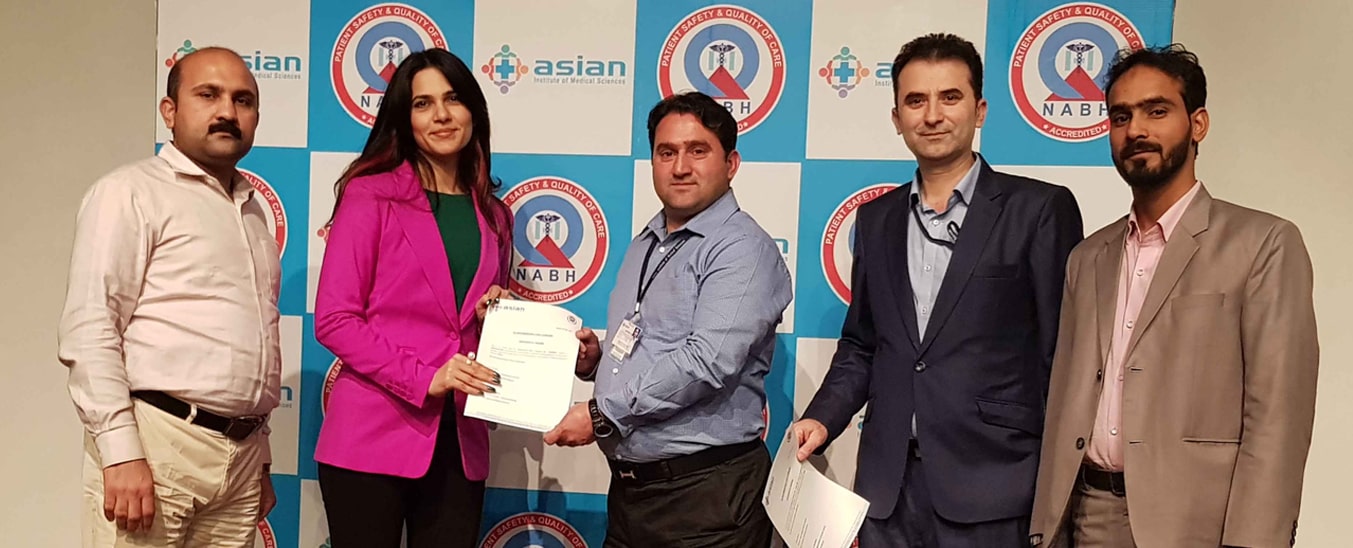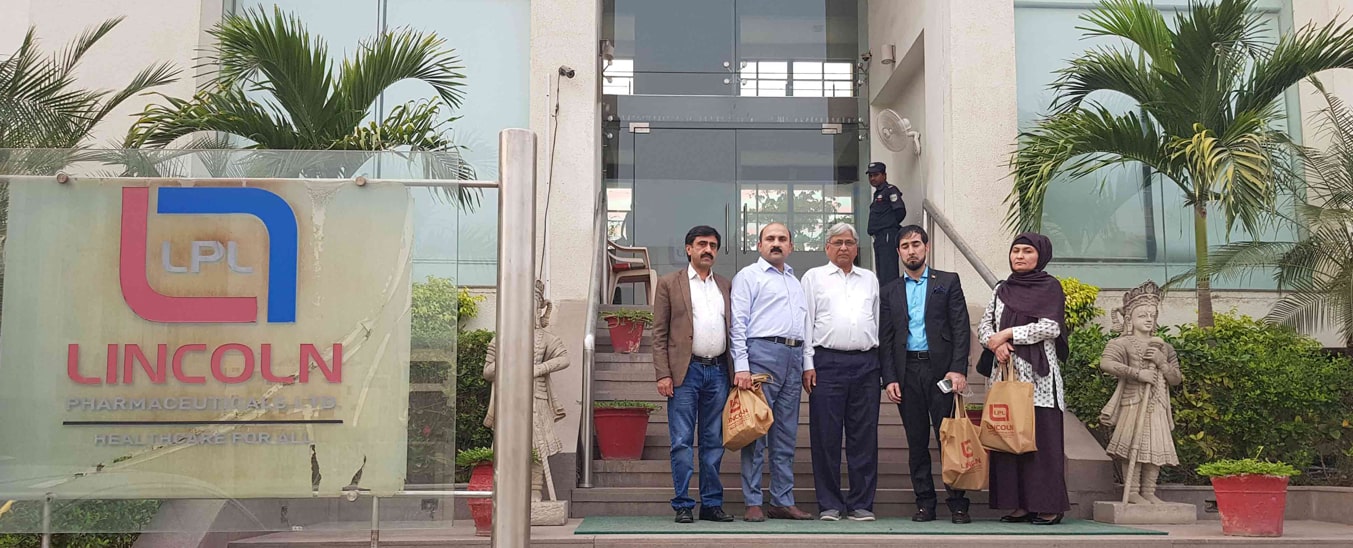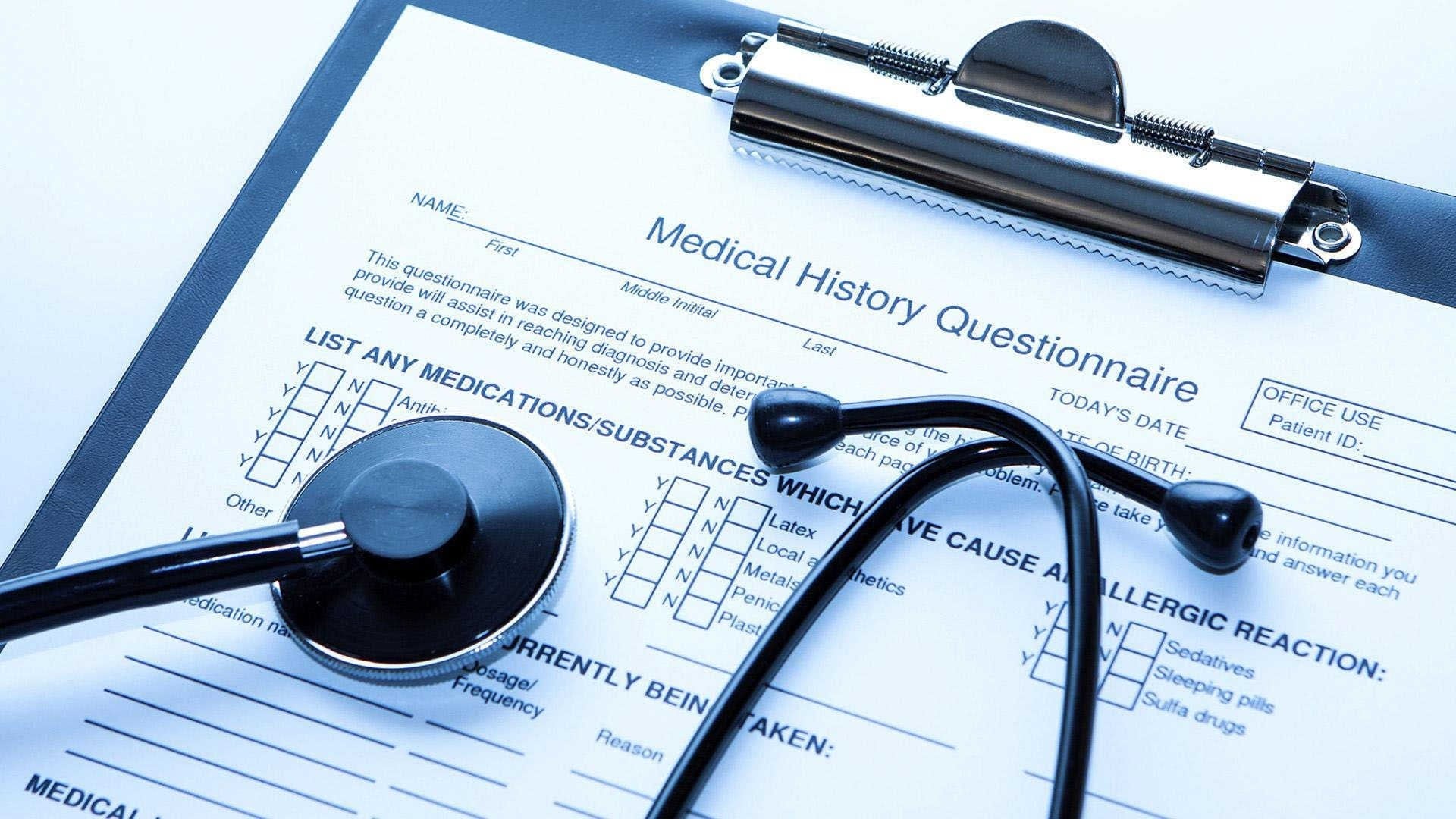PRESENTATION 003 , CARVILIN TAB

CARVILIN TAB
(Carvedilol 12.5 mg)
INTRODUCTION
- Carvedilol is a third-generation, neurohormonal antagonist with multiple activities.
- It blocks both β1- and β2-adrenergic receptors, enhances vasodilation via α1-adrenergic blockade, and, at high concentrations, has ion channel–blocking activities.
- In addition to these well-known properties, carvedilol has a number of ancillary activities, including antioxidant, anti-inflammatory, and antiapoptotic properties.
- Together, they contribute to the clinical efficacy of carvedilol in a broad spectrum of patient types and may also confer a range of cardio protective benefits.
CARVILIN TAB
Carvedilol 12.5 mg
- ALPHA AND BETA-BLOCKERS
- α1 present in (R+) and S(-) enantiomers at equal potency.
- Reduce the peripheral vascular resistance.
- β1- present in S(-) enantiomer.
- Suppresses reninangiotensin through non-selective β1-blokade.
INDICATIONS
- For mild to severe chronic heart failure of ischemic or cardiomyopathic.
- In left ventricular dysfunction following myocardial infarction.
- For the management of essential hypertension.
DOSAGE
- Heart failure (3.215 mg) twice daily for 2 weeks.
- Hypertension (6.25 mg) twice daily.
- Left ventricular dysfunction following myocardial infarction (6.25 mg) twice daily.
Common side effects of carvedilol include
- Dizziness
- Fatigue
- Low blood pressure (hypotension)
- Weight gain
- High blood sugar (hyperglycemia)
- Diarrhea
- Slow heart rate
- Nausea
- Atrioventricular block, edema
- Chest pain (angina)
- Hpercholesterolemia
- Hypertriglyceredemia
- Vomiting
- Indigestion
- Light headedness/fainting
- Runny nose
- Cough
- Headache
UNDERSTANDING HOW THE HEART WORKS- The heart is the hardest working muscle in the body.
- The average heart beats 100,000 times a day, day and night, to supply oxygen and nutrients throughout the body.
- Blood pumped by the heart also shuttles waste products such as carbon dioxide to the lungs so it can be eliminated from the body.
- Proper heart function is essential to support life.
WHAT IS HEART DISEASE?- Coronary artery disease (CAD), commonly known as heart disease.
- A condition in which cholesterol, calcium, and other fats accumulate in the arteries that supply blood to the heart.
- This material hardens forming a plaque that blocks blood flow to the heart.
- When a coronary artery narrows due to plaque buildup or some other cause.
- The heart muscle is starved for oxygen and a person experiences chest pain known as angina.
THE LINK BETWEEN HEART DISEASE AND HEART ATTACK
Sometimes a piece of a fatty plaque in a coronary artery breaks off or ruptures.
When this happens, a blood clot forms in the area in response to the injury.
The clot may block the flow of blood through the artery, causing a heart attack.
Sadly, some heart attacks lead to the heart stopping completely, a situation known as sudden cardiac arrest.
The heart may also start to beat in a very dangerous rhythm called ventricular tachycardia, which is potentially fatal.
HEART DISEASE: THE NUMBER-ONE KILLER
Heart disease is the leading killer in the United States and affects an estimated 14 million adults.
Heart disease is responsible for more deaths in the U.S. than the 2nd through 7th leading causes of death combined.
WHAT ARE THE RISK FACTORS FOR HEART DISEASE?
chances of developing heart
disease.
B. More common heart disease risk
factors include:
High cholesterol
Diabetes
Heart disease in a close blood relative
Obesity
High blood pressure
Smoking
Peripheral artery disease (PAD)
WHAT ARE LIFESTYLE RISK FACTORS FOR HEART DISEASE?
Certain lifestyle factors and
choices increase the risk of
heart disease including:
Companies
© 2025 KHAN SEHAT LTD . Terms & Condition
Powered By: AryaNet







